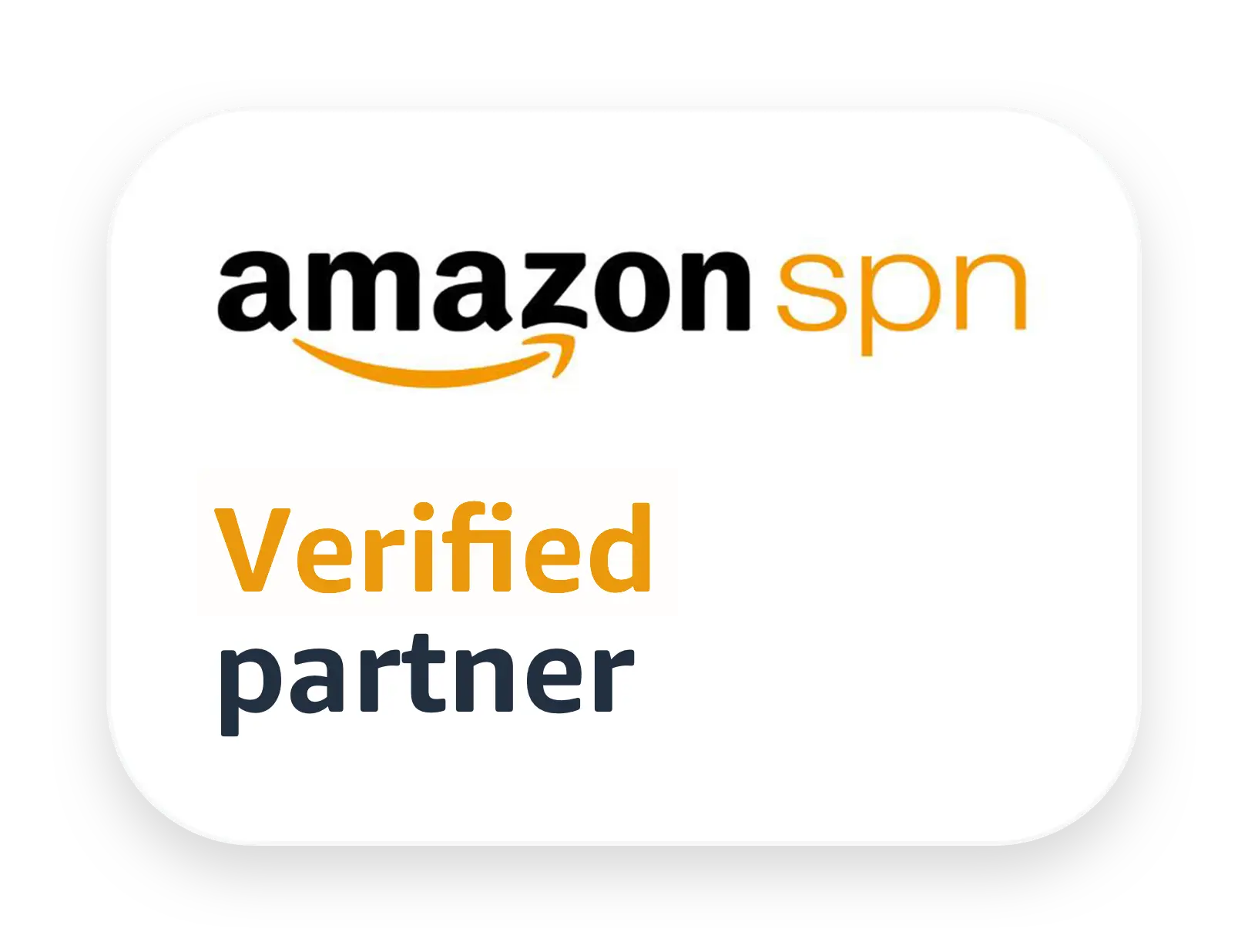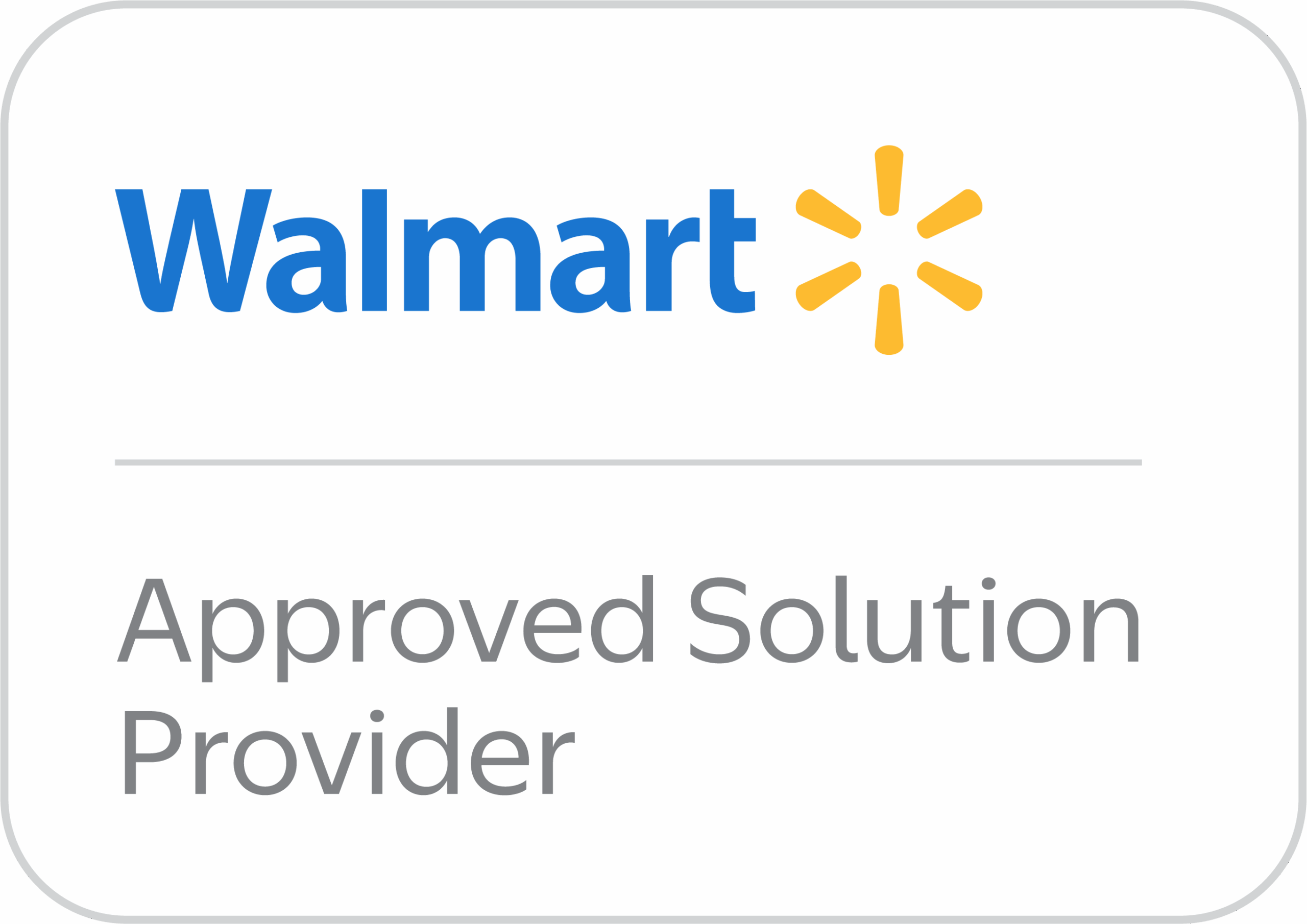Ever dreamed of building your own Amazon FBA empire? Well, I have! The secret sauce to making that dream a reality often lies in one crucial step: FBA niche hunting. It’s not just about finding any product to sell; it’s about discovering that sweet spot in the market where demand is high, competition is low, and your profits can truly soar.
Think of it like being a treasure hunter. You’re not just digging anywhere; you’re looking for clues, following maps, and using the right tools to uncover hidden gems. In the world of Amazon FBA, those gems are profitable niches just waiting for you to discover them. Let’s dive into what makes this process so vital and how you can become a master niche hunter.
What is Amazon FBA Niche Hunting?
When we talk about Amazon FBA niche hunting, we’re basically talking about the art of finding a specific, smaller segment of a larger market that has unmet needs or underserved customers. It’s about identifying particular product categories or unique product variations that offer a real opportunity for new sellers like us. The “FBA” part simply means we’re leveraging Amazon’s fulfillment network, which handles storage, packing, and shipping – a huge weight off our shoulders!
Why is FBA Niche Hunting Crucial?
Let me tell you, jumping into a super crowded market on Amazon is like trying to win a swimming race against Michael Phelps when you’ve only just learned to float. It’s tough! That’s why niche hunting is so crucial for success.
Less Competition, More Visibility: When you target a specific niche, you’re not fighting against thousands of sellers. This means your product has a much better chance of being seen by potential customers. It’s like setting up a shop on a quiet, charming street instead of Times Square.
Better Profit Margins: In a less competitive niche, you often have more control over your pricing. You can command better prices because you’re offering something unique or specialized, leading to healthier profit margins for your business. Who doesn’t love more moolah?
Easier to Rank: Ranking on Amazon’s search results for broad keywords is incredibly difficult. But for specific, niche-related keywords, it’s much more achievable. This means more organic traffic to your listing without spending a fortune on ads.
Targeted Marketing: When you know exactly who your customer is (because you’re in a niche!), your marketing efforts become incredibly effective. You can speak directly to their needs and desires, making them feel like you truly “get” them.
Build Authority and Brand Loyalty: By focusing on a niche, you can become the go-to expert in that specific product area. This builds trust with your customers, encourages repeat purchases, and helps you create a strong, recognizable brand.
What are the Key Factors for a Profitable FBA Niche?
Alright, so you’re ready to find your golden ticket. But what exactly makes a niche “profitable”? It’s not just about guessing; there’s a method to the madness! Here are the key ingredients I always look for.
- High Demand, Low Competition: This is the holy grail, my friends. We’re looking for products that a good number of people want to buy, but where there aren’t too many strong players already dominating the market. Imagine a bustling town with only one ice cream shop – everyone’s heading there!
- Profitability Check: Before you get too excited, do your homework on the numbers. Consider all the costs: manufacturing, shipping to Amazon, Amazon’s FBA fees, and how much you can realistically sell it for. I always aim for at least a 25-40% net profit margin after all expenses. If the numbers don’t add up, move on.
- Consistent Demand (Not Just a Fad): Unless you’re specifically looking for a seasonal business (which can be tricky for beginners), try to find products that sell steadily throughout the year. Nobody wants a business that only makes money at Christmas, right?
- Product Characteristics that Shine: Certain product traits make life much easier for FBA sellers.
- Small & Lightweight: This is a big one! Smaller, lighter items mean lower FBA storage fees and cheaper shipping costs. Your wallet will thank you.
- Durable: Products that can handle a bit of a bumpy ride during shipping lead to fewer returns and happier customers.
- Not Easily Found Locally: If customers can easily pop down to their local store and buy it, why would they wait for Amazon shipping? Look for items with a bit of online exclusivity.
- Solves a Problem: People love products that make their lives easier or solve a pain point. Think about what frustrates people and how your product can be the hero.
- Potential for Bundling or Differentiation: Can you offer something extra? A unique color, a better material, or a useful bundle of items? Stand out from the crowd!
- Competitor Analysis – Know Thy Enemy (or Friend!): Don’t be afraid to snoop around a bit!
- Number of Sellers: Fewer dominant sellers often mean more room for you.
- Review Count: If the top sellers in a niche have hundreds or thousands of reviews, it’s going to be tough to break in. Look for niches where top products have fewer than 500 reviews, or even better, under 100.
- Listing Quality: Are your potential competitors’ listings looking a bit sad? Poor photos, weak descriptions? That’s an opportunity for you to do it better!
- Pricing Wars: Avoid niches where sellers are constantly undercutting each other. That’s a race to the bottom, and nobody wins there.
How to Find a Profitable Amazon FBA Niche:
So, you’ve got the theory down. Now, let’s talk about putting it into practice. This is where the real fun begins, and where I roll up my sleeves and get to work!
Use Amazon Itself:
Amazon is your best friend when it comes to niche hunting. It’s a goldmine of data, if you know where to look.
Best Sellers List: This is my go-to starting point. Hop over to Amazon’s Best Sellers. You can browse by department and then drill down into sub-categories. I look for products that are consistently selling well, but maybe the top sellers don’t have too many reviews. This tells me there’s demand, but maybe not an impenetrable fortress of competition. It’s like finding a popular restaurant that still has open tables.
Movers & Shakers: This list is pure gold for spotting emerging trends. These are products that have seen a significant jump in sales rank over the past 24 hours. Keep an eye on these. Is there a consistent pattern? Is it a sudden fad, or something with staying power? This gives you a peek into what’s gaining traction right now.
Search Bar & Customer Reviews: Don’t underestimate the power of simply typing ideas into Amazon’s search bar. Look at the autofill suggestions – these are popular searches! Once you find a product idea, dive deep into the customer reviews. I mean, really deep. What are people complaining about? What features do they wish the product had? These “pain points” are massive opportunities for you to create a better version or a complementary product. For example, if many people complain about a product breaking easily, you could source a more durable alternative.
Keyword Research:
This is where we get a bit more technical, but trust me, it’s worth it. Keywords are the backbone of Amazon’s search engine.
Tools like Helium 10 or Jungle Scout: I rely heavily on these tools. They allow me to find those elusive low-competition, specific keywords that indicate a niche opportunity. I’m looking for keywords with decent search volume (enough people searching for it) but where the top-ranking products don’t have a gazillion reviews. This suggests that with a well-optimized listing and a good product, I can actually compete and rank. It’s about finding the less crowded highways to drive on.
Analyze Competition:
Once you have a potential niche in mind, it’s time to play detective.
Look for niches with relatively low competition by assessing review counts on first-page products (e.g., products with fewer than 100 reviews). This is a quick sanity check. If the first page of results is dominated by products with thousands of reviews, it’s going to be a tough climb. But if you see several products with fewer than 100 reviews (or even better, under 50), that’s a positive sign that there’s room for a new player. You don’t want to be the smallest fish in the biggest pond.
Evaluate Demand and Profitability:
This is where you put on your business hat.
Choose niches where products have steady or growing demand, reasonable price points (ideal range $10 to $100), and adequate profit margins. Steady demand means consistent sales, not just a one-off boom. The $10-$100 price range is often ideal for FBA beginners because it offers good profit potential without requiring a huge initial investment or facing too much complexity. Below $10, margins are often too thin. Above $100, customers expect more, and returns can be more costly. And always, always, always calculate your potential profit margins. Don’t fall in love with a product until you know it can make you money.
Spot Emerging Trends:
The market is always moving, so you need to keep your finger on the pulse.
Follow social media, Google Trends, and Amazon Movers & Shakers to track rising customer interests and avoid fleeting fads. Social media platforms like TikTok and Instagram can be surprisingly good for spotting product trends. If everyone is suddenly showing off a particular gadget or organizing hack, that’s a signal. Google Trends shows you search interest over time – great for seeing if something is gaining or losing momentum. And as I mentioned, Amazon’s Movers & Shakers is your daily dose of what’s hot right now. Just be wary of true “fads” that disappear as quickly as they appear.
Consider Customer Pain Points:
This is where empathy meets entrepreneurship.
Look at reviews and forums to find recurring problems customers face in a niche, then offer solutions with your product. This is one of my favorite strategies. Go to Amazon product listings, read the 1-star and 2-star reviews. What are people complaining about? “It broke too easily.” “It wasn’t big enough.” “The instructions were terrible.” Each complaint is an opportunity! Can you source a product that addresses these issues? Can you create better instructions? By solving problems, you become an instant hero to your customers.
Seasonality and Market Size:
Understanding the rhythm of your niche is crucial.
Consider if the niche has steady demand year-round or seasonal spikes, and balance between market size and competition. Some products are highly seasonal (e.g., Christmas decorations, swimsuits). If you choose a seasonal product, be prepared for periods of very high sales followed by quiet times. For beginners, a year-round demand product is often safer. Also, think about market size. A niche can be too small to support a sustainable business, or too big and competitive. You’re looking for that “Goldilocks” zone – just right.
Ease of Manufacture:
Especially when you’re starting out, keep it simple!
For beginners, focus on products easy to source and manufacture, usually non-electronic, and with fewer components. Complex electronics or products with many moving parts can lead to quality control headaches and higher defect rates. Simpler products are generally easier to find reliable suppliers for, cheaper to manufacture, and less prone to issues, meaning fewer returns and happier customers. Think practical, not overly complicated.
Top Tools for FBA Niche Hunting
Okay, so we’ve talked strategy. Now, let’s talk about the superpowers you can use. These tools are like my trusty sidekicks in the FBA world. They provide essential data and insights for successful niche hunting. Trust me, trying to do this manually is like trying to find a needle in a haystack blindfolded!
- Helium 10: This is my all-time favorite, a true Swiss Army knife for Amazon sellers.
- Cerebro (reverse ASIN lookup): Pop in a competitor’s product ASIN, and it tells you all the keywords they rank for. Pure genius!
- Magnet (keyword research): Helps you find tons of relevant keywords and analyze their search volume and competition.
- Black Box (product research): This tool is magical. You set filters (price, reviews, sales, category, etc.), and it spits out product ideas that fit your criteria. It’s like having a super smart assistant finding niches for you.
- Xray (browser extension): When you’re Browse on Amazon, Xray gives you instant data on products right on the page, like estimated monthly sales and revenue. Indispensable!
- Jungle Scout: Another industry giant that many FBA sellers swear by.
- Product Database: Similar to Helium 10’s Black Box, allowing you to filter for specific product criteria.
- Opportunity Finder: Helps you discover untapped niches by analyzing market demand and competition.
- Niche Hunter: Specifically designed to help you pinpoint profitable niches.
- Chrome extension: Provides real-time data directly on Amazon product pages, much like Helium 10’s Xray.
- AMZScout: A solid contender that provides a strong product database, a “niche score” to quickly assess potential, and a useful Chrome extension for quick insights. It’s often praised for its user-friendliness.
- Keepa: This one is non-negotiable for me. It’s excellent for tracking historical pricing, sales rank, and competitor data. You can see how a product’s price and sales rank have fluctuated over time, which is vital for understanding demand and seasonality. It has both free and paid features, and the data it provides is incredibly valuable.
- Viral Launch: This tool offers market intelligence with AI-powered insights for product discovery and launch. They have some unique features for analyzing market trends and product viability.
- ZonGuru: Known for ease of use and real-time product insights. It’s a comprehensive suite that offers various tools for product research, keyword optimization, and listing management.
- MerchantWords: Primarily a keyword research tool. If you’re looking to dive deep into keyword variations and discover high-performing phrases, this is a great option.
- Camelcamelcamel: A free tool for Amazon price tracking and product research. While not as comprehensive as the paid suites, it’s a fantastic free resource for checking historical pricing and sales rank trends.
FBA Niche Ideas for 2025 (General Trends)
Alright, I can’t give you a magic product that will make you millions (I wish I could!). Specific product recommendations are super volatile and change quickly. But what I can do is point you towards some broad niche areas that are projected to continue growing and offer exciting opportunities. These are the big waves to ride!
Health & Wellness Tech: People are more health-conscious than ever! Think wearable health gadgets (smart rings, watches), smart scales that connect to apps, blood pressure monitors, stress-relief devices (like guided meditation gadgets), and posture correctors. Anything that helps people optimize their well-being is hot.
Pet Supplies: Our furry friends are family, and we love spoiling them! This niche is booming. Smart pet collars (GPS trackers, health monitors), automated feeders (for busy pet parents), interactive toys that keep pets entertained, and eco-friendly pet products (biodegradable waste bags, organic treats) are all big.
Home Office Equipment: The shift to remote work isn’t going anywhere. Ergonomic chairs, standing desks, monitor mounts, high-quality noise-canceling headphones (a lifesaver!), aesthetic desk organizers, and smart lighting solutions for better video calls are all in demand.
AI-Driven Smart Home Devices: The future is here! Voice-activated assistants for specific tasks, smart thermostats that learn your habits, AI-enhanced security systems, smart lighting that adapts to your mood, and robot vacuums (especially those focused on energy efficiency and smart mapping) are all gaining traction.
Sustainable & Eco-Friendly Products: Consumers are increasingly prioritizing sustainability. Reusable items (think silicone bags, coffee cups), products made from organic or recycled materials (clothing, home goods), vegan alternatives (skincare, food-related items), and products with biodegradable packaging are highly sought after.
Outdoor Adventure Gear: With more people exploring nature, this niche is thriving. Multi-functional tools, lightweight hiking gear, portable solar-powered chargers (for phones and gadgets on the go), waterproof backpacks, and compact camp stoves are all great options.
Beauty and Personal Care: Everyone wants to look and feel their best. This includes specialized skincare routines (think personalized serums), organic and natural beauty products, self-care items (bath bombs, aromatherapy diffusers), and specialized hair care tools or products.
Home Decor & Organization: People want their living spaces to be beautiful and functional. Stylish furniture accents, unique decorative items, clever storage solutions (especially for small spaces), and items that streamline daily routines (like entryway organizers) are always popular.
Kitchen Supplies & Gadgets: The kitchen is the heart of the home! Innovative kitchen tools that simplify cooking, accessories for popular small appliances (like air fryer liners or dehydrator racks), smart organizational solutions for pantries and cabinets, and eco-friendly cookware (non-toxic, sustainable) are consistently in demand.
Baby Products: New parents are always looking for the best for their little ones. Eco-friendly diapers and wipes, smart baby monitors with advanced features, innovative feeding accessories, organic baby clothes, and developmental toys that aid in early learning are evergreen niches.
Remember, the key to successful FBA niche hunting is thorough research, analyzing the data, and being willing to adapt your strategy as market trends shift. It’s a journey, not a sprint, but with the right approach, you can absolutely find your winning product!




